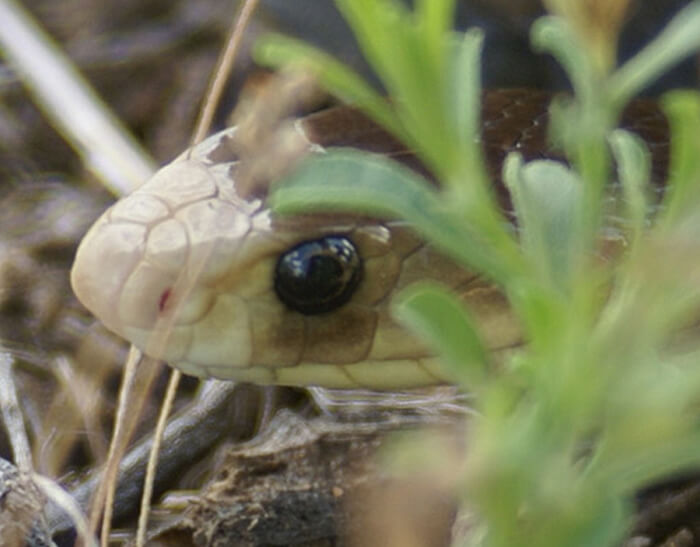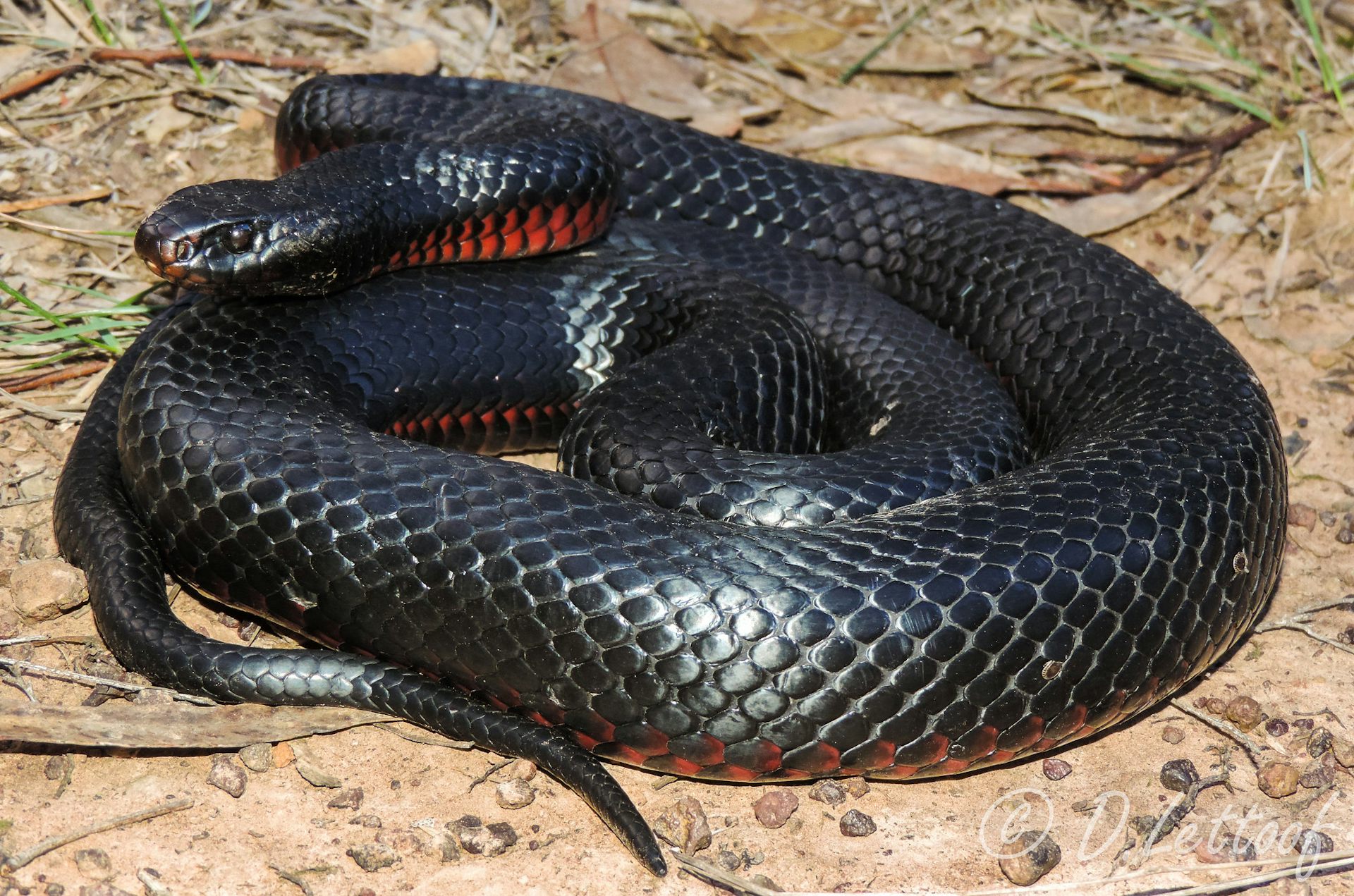Introduction
The Tasmanian tiger serpent, clinically referred to as Notechis scutatus, is among Australia's many intriguing reptiles. Located mostly in Tasmania and its surrounding islands, this snake has actually garnered focus not just for its striking look however additionally for its complex habits and important duty in the ecosystem. This article will explore the numerous facets of the Tasmanian tiger snake's environment, actions, makeup, and communications with humans while offering crucial details about safety measures in instance of a serpent bite.
Whether you're a scientist, a wild animals enthusiast, or just somebody curious concerning these fascinating animals, this thorough overview assures to deliver understandings that are both helpful and appealing. So allow's embark on this trip to comprehend the Tasmanian tiger serpent better!
The Tasmanian Tiger Serpent: An Overview
Physical Features of the Tasmanian Tiger Snake
Tiger snakes are characterized by their unique pigmentation and patterns. They generally exhibit a mix of yellow or cream red stripes on a dark brown or black history-- for this reason the name "tiger." Adult tiger serpents can grow up to approximately 2.1 meters long, although a lot of people balance around 1.5 meters.
Key Functions:
- Coloration: Varies from dark brown to olive eco-friendly with lighter bands. Size: Grownups normally vary from 1.2 to 2.1 meters. Head Forming: Clearly wide with prominent eyes.
Distribution and Habitat of the Tasmanian Tiger Snake
The Tasmanian tiger serpent mostly occupies seaside areas, wetlands, marshes, and grasslands in Tasmania. It thrives in settings where it can conveniently access water sources considering that it is usually discovered near streams or lakes.
Habitat Preferences:
- Wetlands: Ideal for searching target like frogs and small mammals. Coastal Areas: Deals bountiful food resources. Grasslands: Offers cover and basking spots.
Understanding Tiger Serpent Behavior
Feeding Practices of the Tasmanian Tiger Snake
Tiger serpents are carnivorous and opportunistic feeders. Their diet regimen is composed mainly of frogs, fish, little creatures, and birds. They rely upon their keen eyesight and swift movements for hunting.
Dietary Break down:

- Frogs: A primary part as a result of wealth in wetland habitats. Fish: Frequently captured when swimming in shallow waters. Small Creatures: Sometimes victimize rodents.
Breeding Behavior of the Tasmanian Tiger Snake
Tiger serpents have an interesting reproductive cycle. Mating Venom extraction and antivenom production in Australia normally occurs in springtime after arising from hibernation. Female tiger serpents bring to life live young as opposed to laying eggs, which is rather special among reptiles.
Reproductive Cycle:
- Mating Period: Springtime (September to November). Gestation Duration: Roughly three months. Litter Dimension: Arrays from 20 to 40 baby tiger snakes.
Aggression and Defense Mechanisms of the Tasmanian Tiger Snake
Though they can be hostile when endangered, tiger serpents commonly like to retreat rather than challenge danger straight. Their key defense mechanisms include attacking when collared or presenting their size via hissing.

Defensive Strategies:
- Hissing Sound: A warning signal showing distress. Bite Feedback: A last resource when retreat alternatives are limited.
Are Tiger Snakes Venomous? Comprehending Their Venom
Venom Make-up and Effects
Yes! The Tasmanian tiger serpent is poisonous. Its poison has neurotoxins that can cause serious damage or even fatality if left unattended. The effects of a bite can consist of paralysis, swelling at the bite site, nausea or vomiting, and other systemic symptoms.

Venom Attributes:
- Neurotoxic Components: Impact nerves functioning. Hemotoxic Results: Can cause cells damage.
Common Signs and symptoms Adhering to a Tiger Snake Bite
Recognizing signs and symptoms without delay is essential for reliable emergency treatment monitoring after a serpent bite:
- Severe discomfort at bite site Swelling Nausea or vomiting Difficulty breathing
First Aid for Snake Bites: What You Required to Know
Immediate Steps After a Tiger Snake Bite
In situation you run into a situation involving a tiger snake bite, it's important to act promptly:
Call emergency situation solutions immediately. Keep the affected arm or leg incapacitated at heart level. Remove limited apparel or jewelry around the bite site.Creating Your Serpent Bite Emergency Treatment Kit
Having a sufficiently stocked emergency treatment package can make all the distinction throughout emergency situations:|Thing|Objective|| ------|---------|| Compression plaster|To incapacitate limb|| Splint|To stabilize damaged area|| Antiseptic wipes|For cleaning wounds|
FAQs Concerning the Tasmanian Tiger Snake
What do child tiger snakes eat?
Baby tiger snakes largely feed upon small bugs and amphibians until they grow large sufficient to search larger target like frogs or tiny fish.
How hazardous is a tiger snake bite?
A tiger serpent bite can be exceptionally unsafe due to its potent venom; prompt clinical interest is crucial for survival.
Where are eastern tiger snakes found?
Eastern tiger snakes populate coastal regions across southeastern Australia however are less usual than their Tasmanian counterparts.
What should I do if I see a tiger snake?
Maintain your range; do not try to get more info handle it unless you're trained to do so-- most attacks take place throughout efforts at capture or mishandling.
Can I survive without antivenom after being bitten?
While some individuals might make it through without antivenom depending upon numerous elements such as wellness problems and time considered treatment; seeking prompt clinical help is constantly recommended as it significantly increases survival chances.
Are there any type of certain precaution I need to take while treking in Tasmania?
Always wear sturdy boots, remain on significant routes, prevent high yard where visibility may be restricted; familiarize on your own Preventive Measures with local wildlife prior to heading out into nature!
Conclusion
The Tajamanian tiger serpent stands for an essential part of Australia's abundant biodiversity landscape both ecologically as predators and culturally as symbols within Australian mythology. Understanding their environment preferences together with behavior gives understanding right into exactly how we can coexist securely while valuing wildlife limits-- keeping in mind that understanding leads us towards more secure adventures outdoors!
By staying informed regarding prospective dangers such as envenomation from bites while additionally taking preventive measures guarantees positive experiences when running into these interesting creatures!
In final thought, whether you're intrigued by their striking look or captivated by their intricate behaviors-- the Tasmanian tiger serpent undoubtedly is entitled to recognition past mere fascination-- it envelops nature's charm linked delicately within our ecosystems!